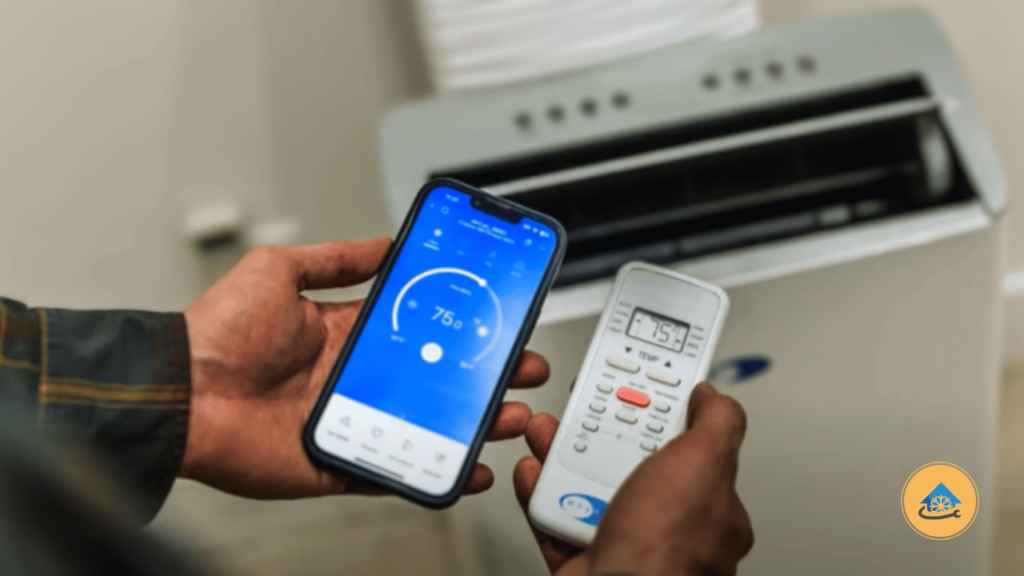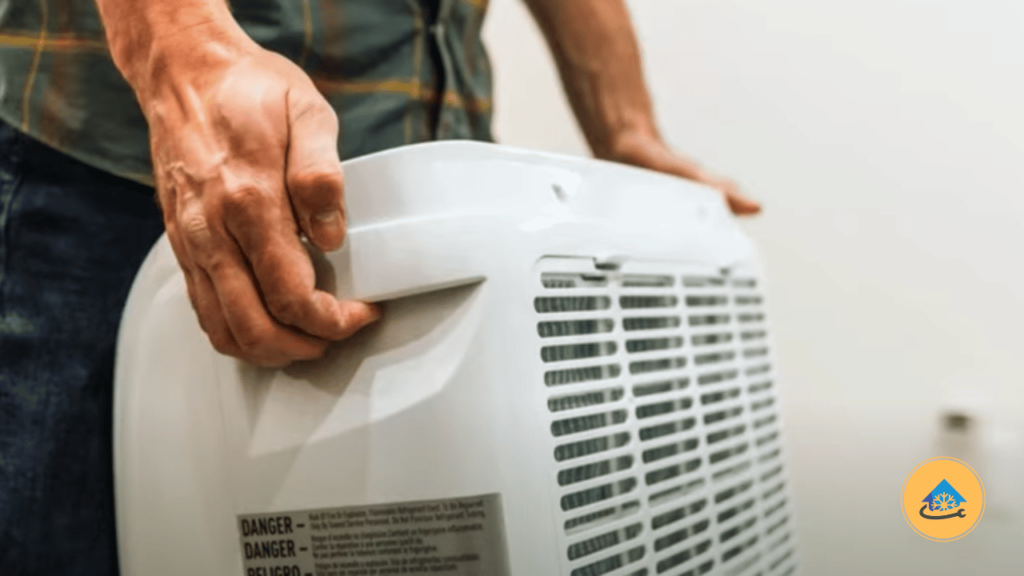This is a common portable air conditioner problem – Why Is My Portable AC Working But Not Cooling? – that typically boils down to a handful of causes. Below are the primary causes for this event, and options for troubleshooting to get your AC back on track.
The Air Filter Is Dirty
The most common cause of your portable AC not blowing cold air is a dirty air filter. An air filter traps dust, pollen, and other particulates — when it’s clogged, it limits airflow. Which means less amount of cool air will be generated.
Fix:
If the air filter is dirty, clear or substitute it. Usually this can be done by opening a side or back panel or slot on the AC. To avoid this in the future, regularly cleaning the filter (approximately every two weeks) can help.

AC Not Apt for the Size of the Room
If your AC runs almost constantly, but the room does not cool, it is possible that the AC is undersized for this room. BTU (British Thermal Units) capacity determines the size of the area they are capable of cooling Portable air conditioners come with a BTU rating. If there are fewer BTUs in your AC for the size of your room, the AC will not be able to cool it properly.
Solution: Consult BTU chart for how many BTUs for your room square footage. For example:
For rooms of less than about 300 square feet, a 10,000 BTU unit will do the trick.
For medium to bigger room (400–500 square feet) a 14,000 BTU unit might be needed.
If you discover your AC is undersized, you can move it to a smaller room or upgrade to one with a higher BTU power.
Bad Ventilation or Wrong Installation
Portable air conditioners require proper expulsion in order to work properly. The heat must be expelled from the room, usually out of a window via an exhaust pipe. If this is done in the wrong way, the hot air could circulate inside the room back, making it hard for the AC to cool a space.
Fix:
Inspect the exhaust hose to check that it is correctly fitted, and that it is not kinked or restricted. Be sure it is sealed at the window junction so that hot air is kept outside.
Too Many Heat Producers In The Room
Vulnerabilities such as large heat-generating appliances or direct sunlight can negate the cooling effects of your AC. For example, rooms like offices running computers, TVs, or any other electronic appliance for long hours. If your room is not insulated well or has plenty of sun-facing windows, it can also be a challenge to cool things off.
Tip: Avoid using other heat-generating appliances, particularly during the hottest hours of the day. Close blinds or curtains to prevent direct sunlight and use extra insulation if possible.

Refrigerant Leak or Low Refrigerant Levels
Low refrigerant is a rare cause of lack of cooling in portable ACs, but it can happen. Refrigerant — The refrigerant is crucial to the cooling cycle, so if there is a refrigerant leak or low levels, the AC may still run, but it won’t blow cold air.
Fix:
When it comes to refrigerant problems, you are usually looking at a pro job since it requires sealing a leak and recharging the refrigerant. Call the manufacturer if your AC is covered under warranty,
High Humidity Levels
They also double as a dehumidifier whereby taking moisture away from the air. The AC may not be effective in high humidity regions as it will try to dehumidify as well as cool the space. In case your type has a water tank, excess humidity may make it refill quickly and stop cooling momentarily.
Fix:
if you have a water tank in your unit, check the tank. If it is full, empty it because this may allow it to continue cooling. Another option is to have a dehumidifier with your portable AC to lessen the load.
Final Thoughts
Its really frustrating when your portable AC runs but does not cool, especially in a heat-wave. Recognizing and resolving these frequent problems – cleaning filters, checking placement, and finding room warmth – can frequently enable you to address the concern without out specialist repairs services. If you have done all this and your AC is still not blowing cold air, perhaps it is time to call an HVAC technician for a further diagnosis.

Leave a Reply